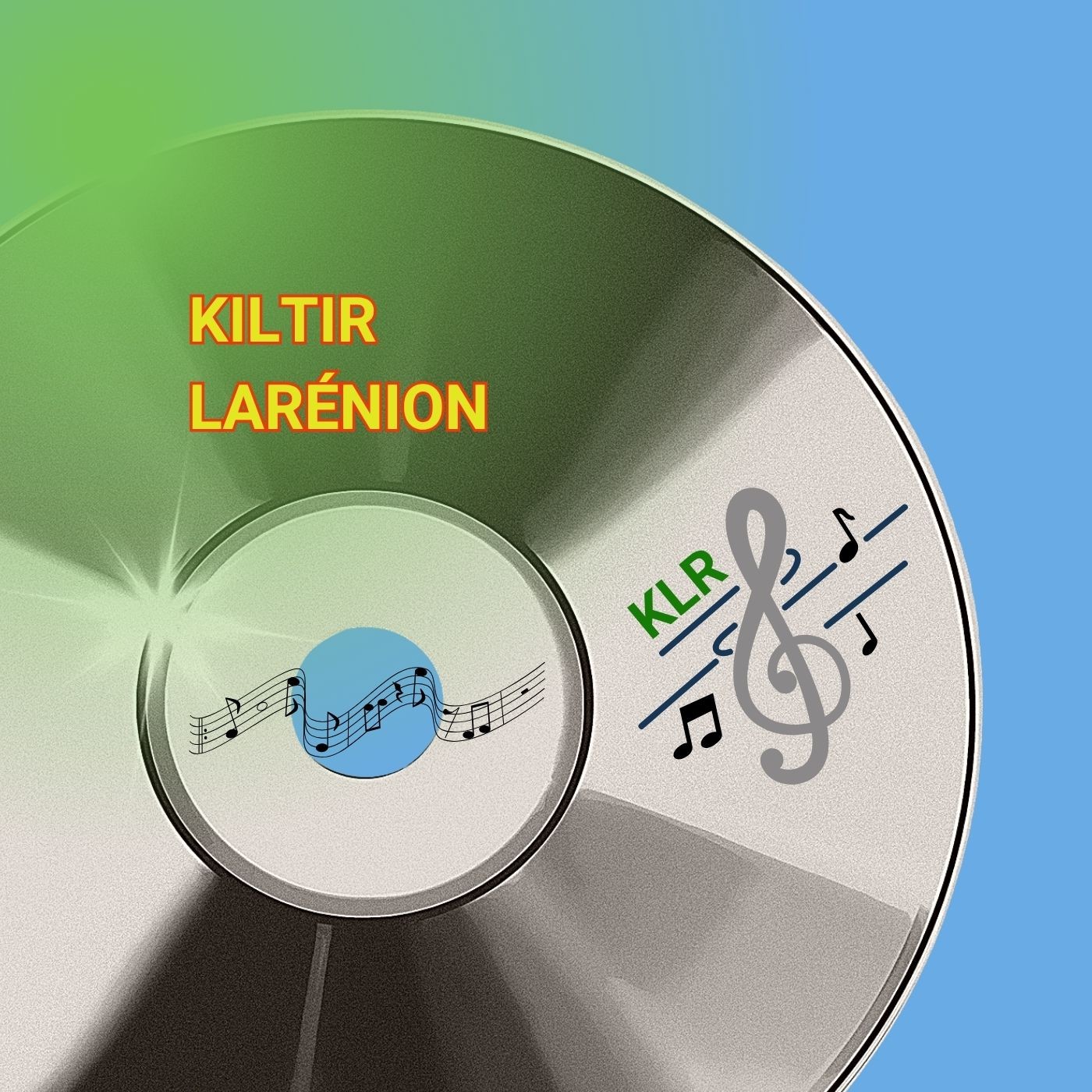Parkoté la vil, bitasion, kréol dan Léo gran matin i komans zot zourné èk in pla la fé kwi lo zour avan, i résof.
Maï lé lo prinsipal manzé zisko vintyèm sièk. Zot té i moud an farine. Dabor i lav lo maï po tir lo kanz, aprésa i fé kwi dann dolo. Maï kwi konmsa i manz sa èk détrwa kalité grin, kome pwa kap, zariko rouz, nwar, blan, sansa dot koulèr. Po diné kaziman toulé swar, i manz maï èk brèd, défwa èk in rougay.
Pwason sésé kome la mori, sounouk, sévrèt sésé, tousala an rougay, i gat pa tro la bous, akoz i tomb in pé rar kan i asèt sa, sé solon larzan néna la kaz.
Po fé kwi tout manzé Larénion, i fo fé rousi avèk lay, in zwanion vétivyèr, safran, tomat “pokpok” (ti tomat sovaz).
Kan té malizé tyinbo ziska prosin rèkolt sansa an ka rèkolt lé pa bon, la, patat, sonz gri, bouyon brèd té ranplas maï, lo grin épisa rougay.
Dori, sa lété po sak té pli ris, té i manz sirtou kan lavé in fèt, sanm la viann koson, volay, kanar, an kari sinonsa an roti.
Mode de vie culinaire hors des grandes habitations
La journée du monde rural des créoles des Hauts commence très tôt le matin par un plat de la veille, réchauffé.
L’élément de base et cela jusqu’au 20ème siècle est le maïs, moulu en semoule. Il est cuit avec de l’eau après un lavage afin d’enlever l’amidon. Ce maïs cuit est accompagné de divers grains tels que le pois de cap, les haricots rouges, noirs, blancs et multicolores. Le soir un brède et parfois un rougail accompagne presque toujours le maïs.
Les poissons séchés ; morues, les harengs, des crevettes séchées, en rougail sont des repas attendus avec impatience, car leur achat est exceptionnel et dépend de l’argent disponible.
‘’Le roussi, principe de base de la cuisine Réunionnaise, est réalisé avec de l’ail, un oignon vétiver, le safran, la tomate ‘’pokpok’’ (petite tomate sauvage)
Pendant les périodes de soudures particulièrement difficiles et les années de mauvaises récolte, patate, songe grises, et bouillons de brède remplaçaient le maïs, les grains, et les rougails
Le riz nourriture des plus riches, se consommait le porc, la volaille, et les canards en kari ou en rôti.
Culinary life outside of the large habitations
In rural areas the day starded very early in the morning with a dish reheated from previous evening.
The main element until the 20th century was the maize ground into semolina. It was cooked in water after being washed to get rid of the starch. Various different beans. Broad, red, black, white and multicoloured accompanied the cooked maize. In the evening it was nearly always accompanied by a ‘’brède’’, and sometimes a ‘’rougail’’ (a side dish made from tomatoes and chili peppers).
Dried fish-cod, herring, dried prawns, in a ‘’rougail’’ (spicy tomato based dish) made impatiently awaited meals, as their purchase was exceptional and depended on the money available.
‘The roussi’’, the basis of Reunion Island cuisine, was (and still is) made with garlic, onion, turmeric, ‘’pokpok’’ tomatoes (small wild tomatoes).
During those periods when making ends meet between two harvests was particularly difficult and during the years of bad harvests, sweet potatoes, ‘’ songes grises’’ (grey root vegetables) and ‘’ brèdes’’ soups replaced the maize, beans ‘’rougails’’
Rice, food of the richer people, was eaten essentially on special occasions with pork or chicken, duck, either roast or in a ‘’kari’’ (principal dish of Reunion Island, similar to the rougail but with less tomato and without chili peppers).
Patrimwane Kiltirèl Rénioné
Kiltir Larénion
 Kiltir Larénion
Group Kiltir Larénion é Kiltirèl
Kiltir Larénion
Group Kiltir Larénion é Kiltirèl